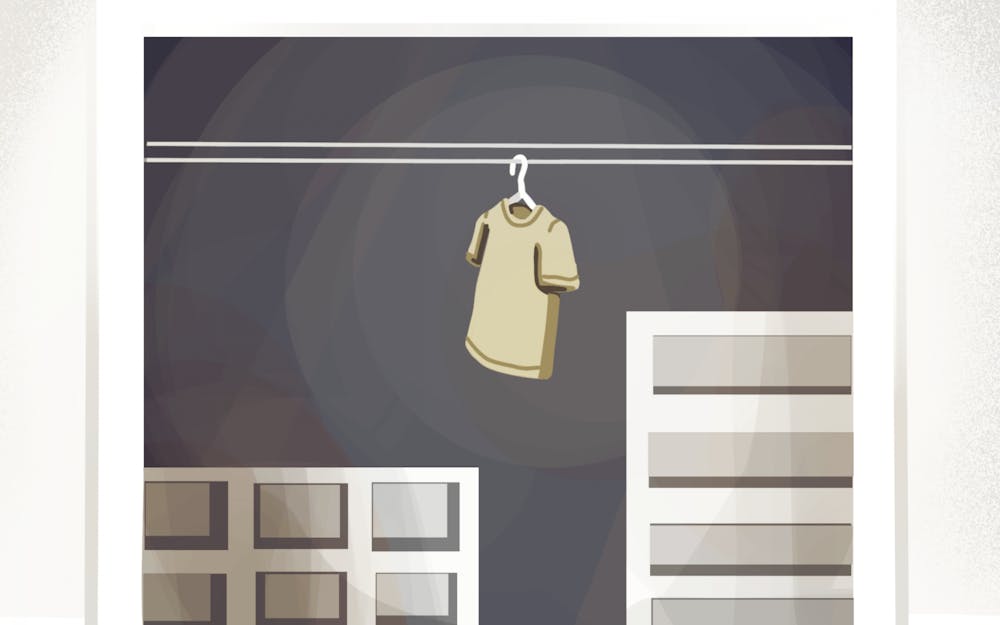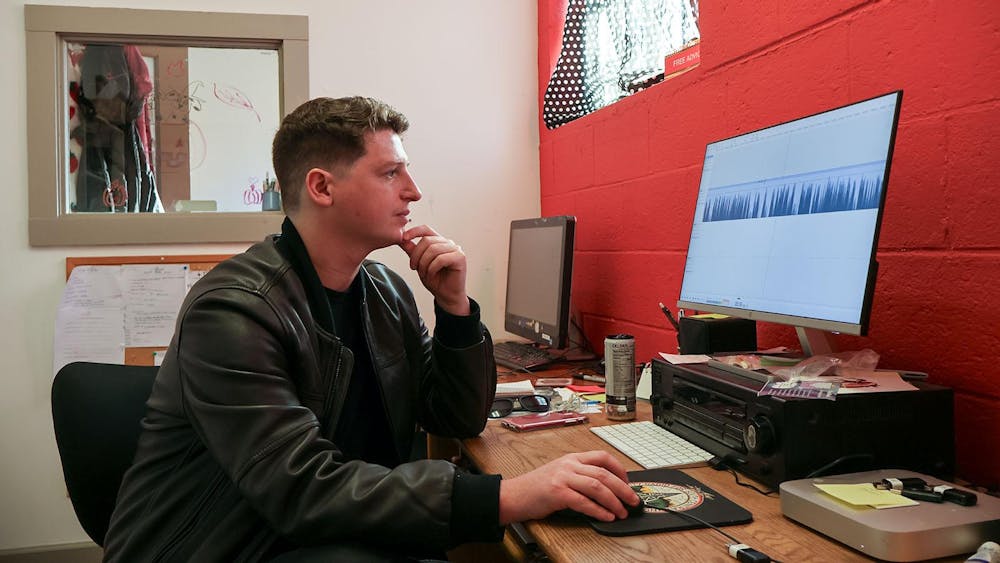Technology has a mystifying way of pulling us in. There’s always something more to consume — one more episode of a new show, another suggested video on YouTube, a few more hours of scrolling on Instagram. It's hard to take a break and look away when information and entertainment is seemingly limitless.
There are articles, videos, and commentary on just about everything. We are now able to live life vicariously through strangers online by observing what type of media they post. Anyone can add to the pool of content available to us, making the internet the digital community that it is.
The discussion about society’s media usage is nothing new. There are a plethora of articles available about how much we consume, how much we create, and the ways in which we are affected by the internet. This discussion is mainly about the mental side effects of social media.
In addition, these mental effects, there are large societal effects of our overconsumption of media. We are becoming an increasingly maximalist society.
There is always something more to buy, and we are now seeing targeted advertisements, endorsements, and product placement on all media platforms. Aside from intentional ads, we are constantly exposed to lifestyles that people online are living. Because of this, there are countless products that have sold out due to their virality on TikTok.
The issue of fast fashion is related to this phenomenon. Sites like Shein sell cheap, high-trend products and are quick to update styles based on what’s gaining popularity in fashion online. These low prices make it possible for consumers to over-consume, and in turn, there has been a rise of Shein clothing in thrift stores across the U.S. Trends get big, people buy the trends, and when the trend cycle is done, clothes are either donated or thrown away.
We have a problem with overconsumption, not just through our media, but also through what we own. Maximalism has had its moment, and it is time for a lifestyle change.
Minimalism is just the opposite of maximalism. It is a type of lifestyle that involves working solely with the basics of living which can be explored on a spectrum of intensity. It can not only be applied to what we consume, but also how we live.
Tips for minimalistic consumption include buying clothing that fits with other pieces you own, giving away an item per item you purchase, and separating the feeling of wanting something from actually needing it.
Minimalism also includes things that aren’t physical, such as being purposeful with time, limiting the information you consume, and simplifying routines and habits.
When applied to life, this could look like setting one large goal for the day that you know you can complete. The idea is to focus on the things that add value to life, rather than tending to outside sources that waste time, energy, and resources.
It takes the rushed, high-energy societal norms and flips it upside down.
Influencers like Emma Chamberlain have been talking about the minimalistic phenomenon that is upon us. While it isn’t necessarily a completely new idea, minimalism is being discussed in a new light.
Maximalism in and of itself is not a bad thing, but like anything else, too much of it can be negative. A balance between minimalism and maximalism could be the solution to our overconsumption.






